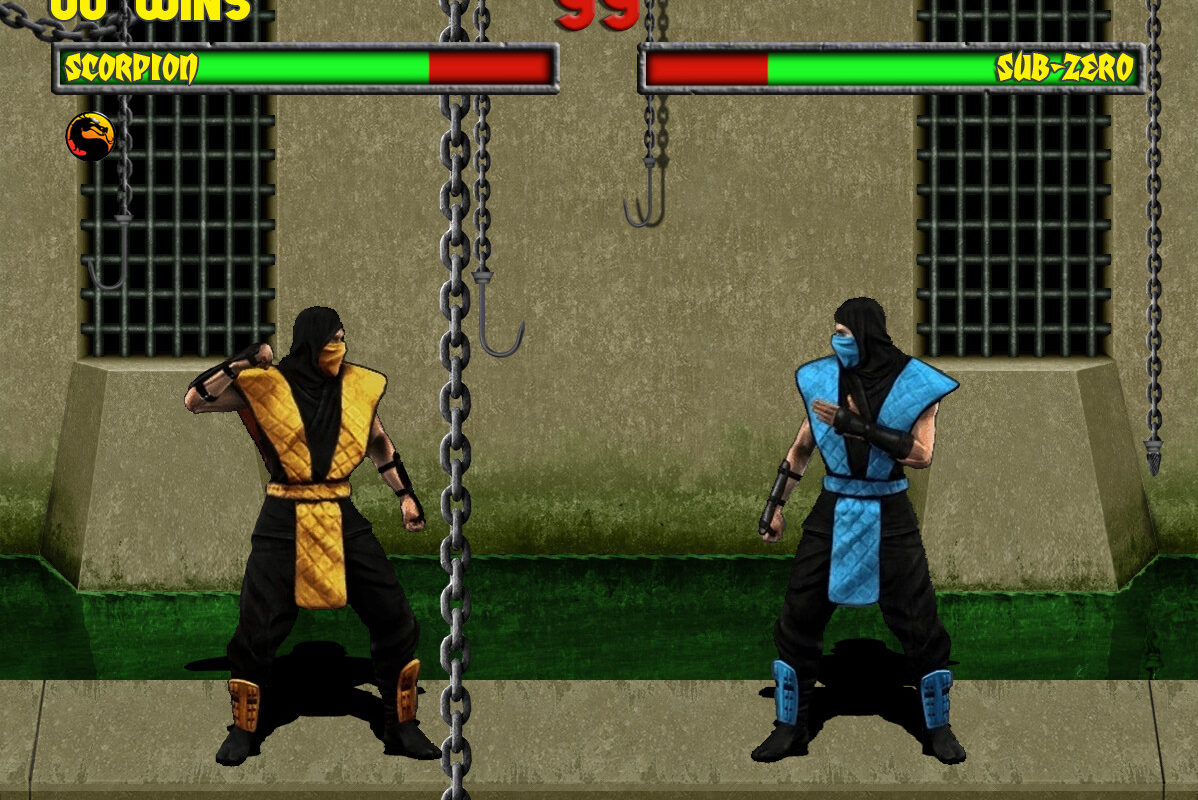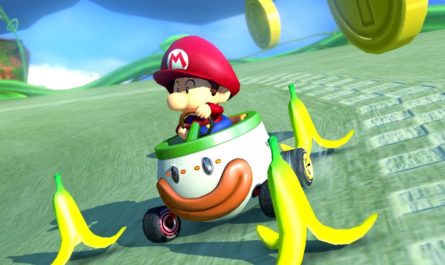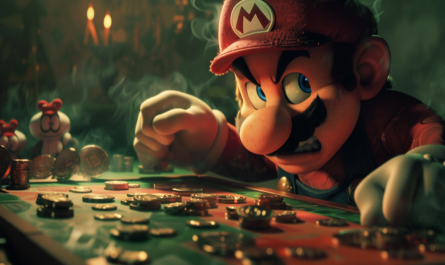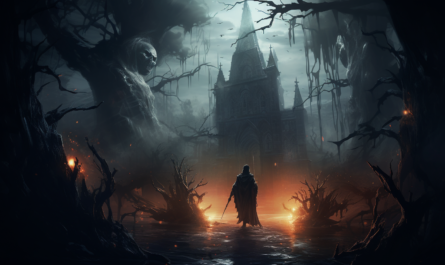Alternate sprites in videogames might not seem like that big of a deal from the outside, but those familiar with the soft-resetters, the shiny-hunters, or the gamers who will threaten you with physical violence if you take their Gannondorf color in Super Smash Brothers, know that a simple palette swap can be a big deal to certain people within the gaming community. While modern gamers may take the concept of sprites with different colors for granted, with countless games including alternate color sets, paid cosmetic changes and collectible or rare color palettes, the concept actually has a long history of development and implementation.
What is a Palette Swap?
Video games have always pushed the limits of the technology of their time. From squeezing essentially two Pokemon games onto a single cartridge with during Pokemon’s popular second generation of games, to developing whole new methods of 3D rendering in order to get the best looking games possible. These days, everyday micro SD cards can hold several gigabytes of information. The flashdrive on your keychain has several times more storage capacity than every NES game you ever played combined. NES games weren’t dealing in GB or even MB, that’s right, we’re talking about KB. So it’s easy to see how, after squeezing an entire game onto a 128k cartridge, for example, there wouldn’t really be that much room to design, compute, and store a whole new set of sprites for player two’s character. Enter the palett swap. A solution to the problem of memory limitations that went on to be an incredibly popular feature on its own.
Each sprite, even in classic video games, is made up of a surprising number of individual colors. Palette swapping simply involves taking that set of colors and changing them to add variation without remaking, reprograming, and finding space for, a whole new set of sprites. Allowing developers to increase the number of sprites while working with major graphical limitations.
The simplest methods swap the color palettes algorithmically, but palettes can also be swapped out manually to better match the game designers’ vision. Many of the characters and objects that started out as a simple palette swap went on to acquire their own unique design features. While early palette swaps may have been born out of necessity, they eventually took on lives of their own becoming easy ways for developers to add style to their games.
The Birth of Luigi
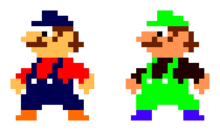
These days, Luigi has his own personality, his own special skills, his own video game series, and even his own real estate — even if it is haunted. Mario made his debut in the classic arcade game “Donkey Kong” in 1981, when he was known as “Jumpman.” In 1983, Luigi finally made his debut in “Mario Bros.” Of course, we know the drill. Fitting in a new set of sprites for this second character was never going to be easy on such low-capacity cartridges, so Luigi was a simple palette swap of Mario’s sprite set. The gamemakers simply swapped out Mario’s blue overalls for Luigi’s green, Mario’s red shirt for Luigi’s black one, and Mario’s tan shoes for Luigi’s blue shoes. Fan’s of Luigi today know that he is meant to be the taller, slimmer, of the two, but back then only their color palette was different, their size and shape were identical. Even Luigi’s name itself comes from a westernizing of the original Japanese name “Ruiji,” meaning “similar.”
Swapping More Than Just The Palette
Following the success of Mario Bros., 1983’s even more successful, and still popular, Super Mario Bros. took the world by storm. Luigi makes his return in this game to be controlled by player two, and once more he was a simple palette swap of his older brother’s sprites. This time, however, with white overalls and a green shirt. The more notable feature though is the different powerups that both Mario and Luigi were able to obtain throughout the game. These powerups, like the flower and the star, were not only graphically indicated through the use of a palette swap, but also came with new abilities as well. Palette swapping as a practice was pretty common at this time, but while the different colors of the various ghostly antagonists in Pac-Man don’t indicate any differences in how those characters play and what they can do, palette swapping to indicate actual play differences was starting to grow in popularity.
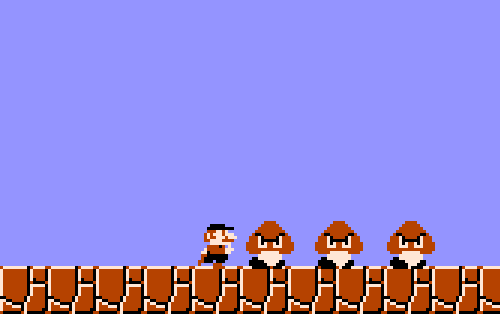
That same year, Punch-Out was released in Japan and saw a similar utilization of a palette swap not only to indicate different characters but to also differentiate between the other aspects and abilities of those characters. This effect is even more obvious when we step away from Nintendo and take a look at what other developers were doing around the same time. The Mortal Kombat franchise from Midway features perhaps the most famous early palette swapping roster: Sub-Zero, Scorpion, Reptile, Noob Saibot, Smoke, Ermac, Rain… the list goes on. But, remember, these weren’t just simple palette swaps. While the implementation of the practice of palette swapping saved the developers on having to create completely new graphics from the ground up, and saved them precious memory usage, these characters actually began to feature different strengths and abilities.
The Power Spectrum
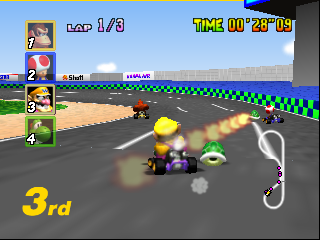
Eventually, palette swaps of simple sprites began to indicate different levels of power. From NPC badguys, like the red Octorok and blue Octorok in 1986’s the Legend of Zelda, to items like the green shell and red shell in 1992’s Mario Kart for the Super Nintendo. These shells are used to cause competing drivers to spin out, letting you hopefully overtake them. The green shell has the ability to bounce off of walls, and while the red shell will break if it hits a wall, it has the ability to follow the driver you’ve aimed it at. The unique abilities of these Koopa shells has been maintained throughout the franchise, with the eventual major addition of the blue shell in 1996, which automatically targets and seeks out the player in first place. Unlike the simple green and red shells, the blue shell also had spikes, making it a bit more than a palette swap.
This powerful blue shell was the rarest item in Mario Kart 64, the game in which it was introduced. Although this was done to balance the game and make sure that people weren’t hurling blue shells left and right, continuously punishing the person in first place, the idea of rare, covetable palette swaps was beginning to take hold in video games.
A Collector’s Guide To Spending Thousands of Hours Looking For a Palette Swap
In generation one of the Pokemon series of games, collecting was, unsurisingly, a huge part of the draw for a lot of players. “Gotta catch em all” was even the game’s slogan. Hunting down rare Pokemon in trecherous caves, secrete buildings, and even through glitches made Pokemon as much a game for collectors as it was for those more interested in battling, especially because the latter depended on the former. But it wasn’t until generation 2 when the infamous “shinies” were released.
Shiny Pokemon were palette swaps of the game’s roster of Pokemon but they were incredibly rare. These Pokemon were able to take further advantage of the new Gameboy Color, to offer fans another set of rare Pokemon to hunt. They didn’t have different battle stats, different moves, or different anything, really, except they were different colors.
And they’re incredibly rare. Back when they were first introduced, the chances of encountering a shiny Pokemon were 1/8,192. Not great odds. Although shiny Pokemon were also introduced as a plot point during the main storyline of Pokemon Gold and Silver with a shiny Gyarados encounter, with the odds of randomly encountering a shiny so low, a lot of casual players probably never noticed that shinies were introduced to the franchise as a feature outside of that.
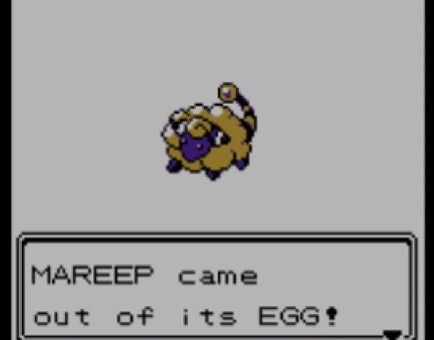
Although there are ways to increase your odds for encountering a shiny Pokemon, including certain tricks with eggs as well as catch streaks in later games, the odds of catching a shiny Pokemon are still usually pretty low. Especially when it comes to legendary Pokemon. These Pokemon are typically only encountered once per game and are incompatible with the game’s breeding methods. Not only does this mean that some of the most popular methods for increasing the odds of encountering a shiny are out the window, it also means that there’s no way to try again if you end up catching a legendary that isn’t shiny. With other Pokemon, you can encounter and catch as many as it takes for you to find a shiny version of it, but since shiny legendary Pokemon are only encountered once, that low chance of it being shiny is all you get. Unless you reset your game without saving.
That’s right, the only way to take a second crack at finding a shiny legendary Pokemon is to reset your game and try again. And with odds so bad, people end up resetting their games thousands of times in order to obtain a shiny legendary. People routinely spend days doing this, all for the simple palette swap.
Money Money Money
Games have even started to monetize the palette swap. What started as a simple way to save space within the memory of technologically limited video game cartridges has now become one of the most profitable ways to make money as a game developer.
In MMO games like World of Warcraft and Guild Wars, huge worlds had to be designed and rendered, and there wasn’t always time to make every individual aspect of these games from scratch. This lead to different enemy mobs being straightforward palette swaps of other enemies, but this also applied to the appearance of certain items and player cosmetic options as well. For example, black dye became a hot commidity in Guild Wars. Dye was used to change the color of a piece of armor or clothing within the game. It didn’t change anything else about the armor, it didn’t make it better or tougher, it only changed its appearance. Still, black dye, at certain points within the game’s history, could cost you as much in in-game currency as the average player could grind in several weeks. But in-game currency only cost time, not actual money, in Guild Wars. These days, however, game developers have found a way to make money off of players’ desire to display these rarer color options.
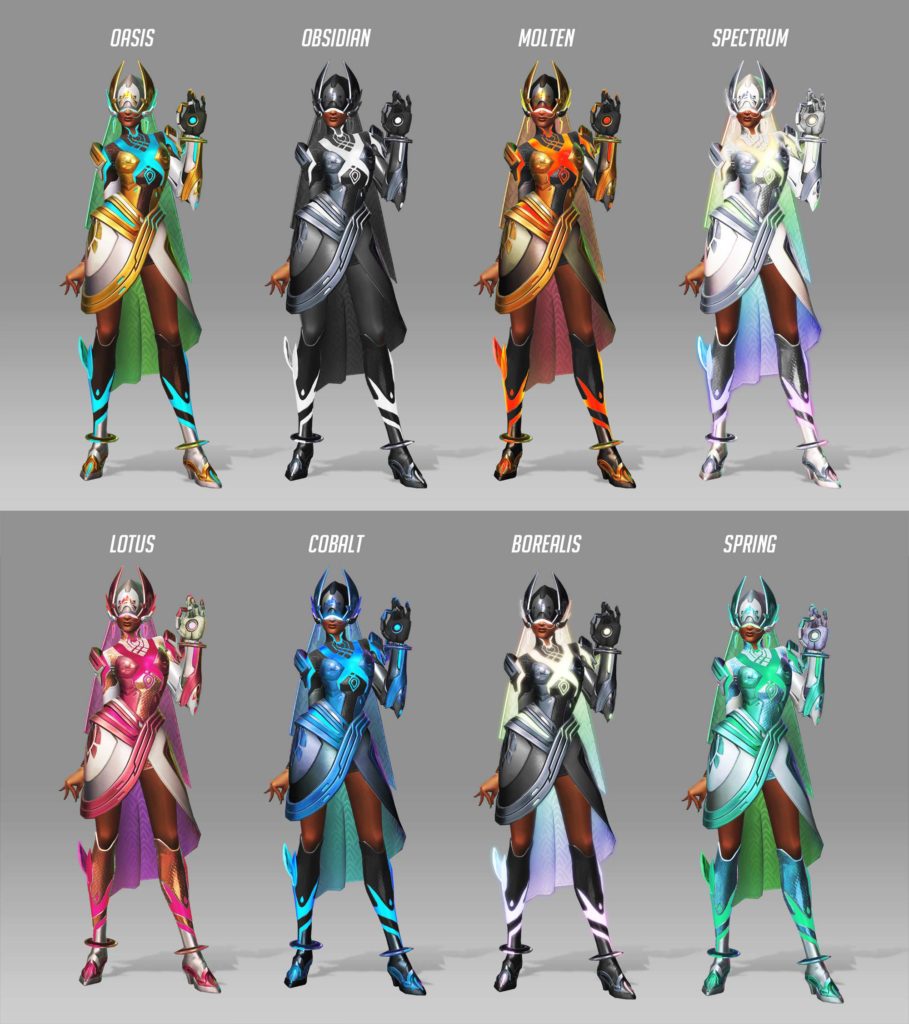
League of Legends, one of the most popular games of all time, charges players real-world currency for cosmetic changes or “skins” for their in-game characters. Many of the early skins were, you guessed it, humble palette swaps. While League of Legends relied on players using their real-world currency to purchase their own premium in-game currency, other games, like Overwatch, used a lootbox system to achieve the same effect. The result? Heaps of cash for savvy developers. Remember, the palette swap started out as a time-saving, space-saving method, and now it’s used to generate cash.

